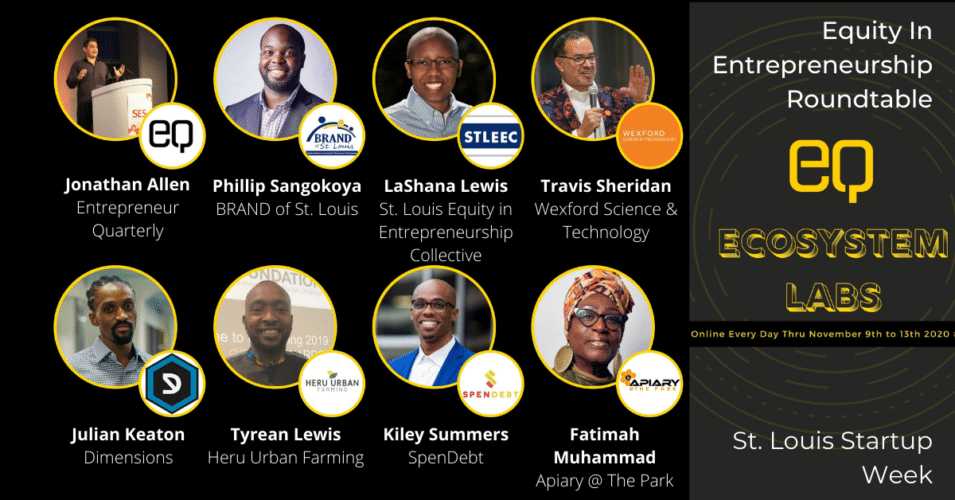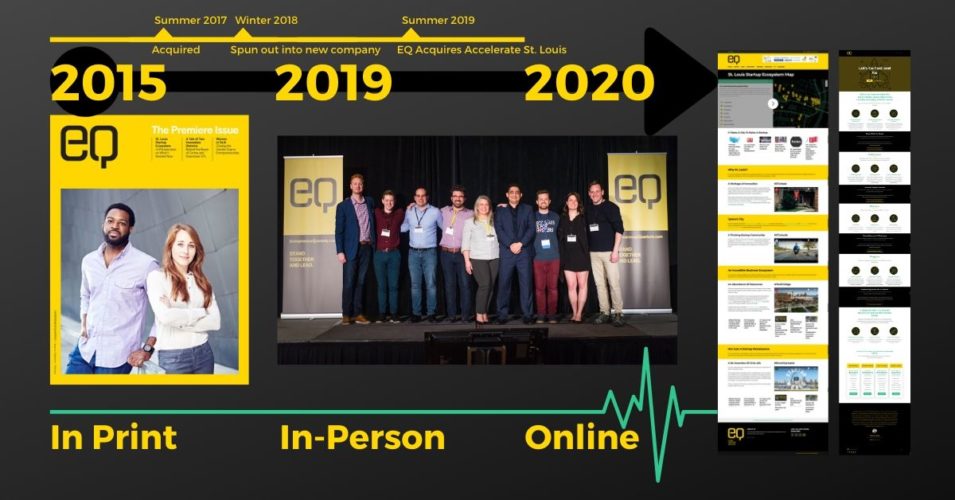
Entrepreneurs Shouldn’t Overlook The Low-Income Market

Writing by LaShana Lewis. LaShana Lewis, the founder and CEO of L. M. Lewis Consulting, has over 20 years of experience in business and technology. After experiencing many challenges due to a lack of understanding diversity and inclusion, she knew there was a need to do more. LaShana has worked to forward diversity and inclusion the St. Louis LGBT Community Center, the LGBTQ Tech and Innovation Summit, Black Pride, and Women 2.0.
I’ve seen it over and over again: companies target their latest and greatest product to a demographic making $100k or more per household. These companies are aiming for the middle and upper reaches of the market, hoping that these customers choose their product over many other comparable ones.
If the products don’t break through a crowded marketplace, then companies must start anew or go bust. They’ve overlooked a largely untapped market and reached for the brass ring. This is backwards. And wrong.
The problem with high-income earners is they have choice. It’s not a “bad thing” kind of problem, it’s just a real world issue. If you have a choice, then your decision making will be much different.
Think of all the times you had to choose the food you wanted to eat. Did you have a recipe in mind, get inspired by a cooking show, read a review of a new restaurant across town or just wanted to order in?
Long story short, for most of us, there are many options to choose from and many reasons we end up making that choice. It’s easy for those with money to choose something because they want it even if it’s ultimately inconvenient.
Not so with low-income earners, they have very little choice, and most things in their life are limited not just by convenience but necessity.
For simple meal planning for instance, the store or restaurant must be close to home or on the way home from work. The cost of the food must fit the budget. The type of food is familiar, since taking a risk on new food that doesn’t fit the family palate simply isn’t an option.
There are still choices to be made, just not very good ones.
Myth-Busting Low-Income Means Low-Quality
There is a myth that low-income earners want cheap things. Not so. They want the best bang for their buck.
When they make purchasing decisions, they are buying a product they will A) use regularly, and B) are fairly sure it will improve their lives. Given those two things, they will buy that thing, in droves.
Whether you are talking about a online product or a new food, as entrepreneurs, there’s a tendency to skip right over low-income customers in favor of a higher price point in the strategic product development roadmaps.
Products for the Other 98%
I recently happened upon a company that makes a nutritionally-complete ramen, half a daily allowance. Great idea, right?
Instead of being 25 cents, it’s around $3, but it contains a quarter of the total daily calories an average person needs. That means someone can actually have a full lunch or dinner with only a few bucks, and they won’t have to worry about the unintended consequences of a fast-food diet.

Winning over the Low-Income Market
Something to keep in mind when developing a product for the low-income demographic is that low-income earners don’t have a lot time. They’re cramming a lot of tasks into the very little spare time they have.
They’re trying to do everything themselves that middle- and high-income earners pay people to do for them. Anything that cuts down prep time while still getting the same or better benefits is well worth it.
The simple formula holds true that “time = money” and any product that allows low-income earners to save time, they’ll consider valuable.
There’s no MBA required or fancy graph here to back me up. My personal experiences are true teachers in this area. As a 42 year-old, who spent half of my life in poverty, and the latter half in middle-class America, I’ve been lucky enough to have choices.
I spend a good amount of time consulting on how companies can better engage minorities and I’ve seen first-hand how brands and businesses can thrive while bringing goods and services to an underserved demographic. As part of MultiPass, an App that provides access to multiple coworking spaces for an affordable monthly rate, I see how coworking has allowed minority entrepreneurs to gain access to critical networks and talent. More and more I see diversity in the entrepreneurial community, both socio-economically and culturally.
I’m excited that low-income wage earners, and minority communities in general, largely overlooked in many startup business plans, are finding champions here. As more entrepreneurs begin to think about these missed opportunities of the marketplace, I look forward to more products at accessible prices that can change lives for the better.
A version of this article originally appeared on Medium and is reprinted with changes by permission of the author.



